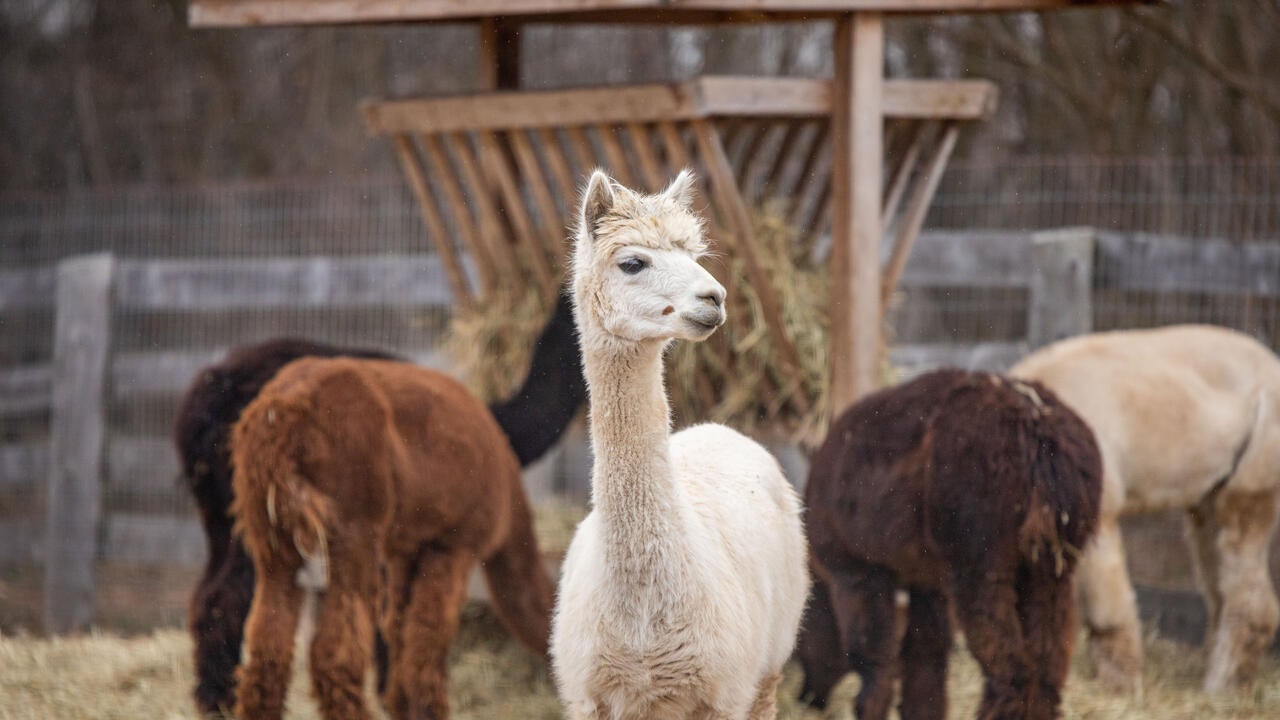
Giving alpaca waste new life
Waterloo researchers are combining alpaca waste with biochar to design a new compost that helps people and the planet

Waterloo researchers are combining alpaca waste with biochar to design a new compost that helps people and the planet
By Chantal Vallis Faculty of EnvironmentTucked between Waterloo and Hamilton, Maple Ridge Acres is home to a herd of alpacas plus owner and farmer Frances Stewart. After years of caring for her animals, Stewart has teamed up with researchers in the Faculty of Environment to unlock surprising new possibilities for alpaca waste.
Waste fiber, the shearing from the neck, belly and legs of the Alpaca, is often too short and coarse to be used in the mill. Farmers use some of this waste fiber in their garden to help the soil retain water, but excess is often burnt or stored. Then there is also the question of manure, and lots of it.
With these two waste problems mounting, Francis approached Dr. Maren Oelbermann, professor in the Faculty of Environment who leads the Soil Ecosystem Dynamics Research Group. The group is dedicated to improving soil health — and by extension, food security — in the age of climate change and were intrigued by Stewart’s dilemma.
“When I thought of using the waste fiber in a more productive way, I was interested in pelletizing it similarly to what they do with sheep’s wool,” Stewart says. “But alpaca fiber does not bind as a pellet because of the lack of lanolin and would require a binding agent; hence combining it with manure.”
“With the research group’s expertise, we thought developing a specific fiber-to-manure ratio could offer farmers a natural, effective alternative to chemical amendments, potentially enhancing soil structure and nutrient content,” she explains. “This would not only improve farm sustainability but also create added value for waste fibers from the alpaca.”
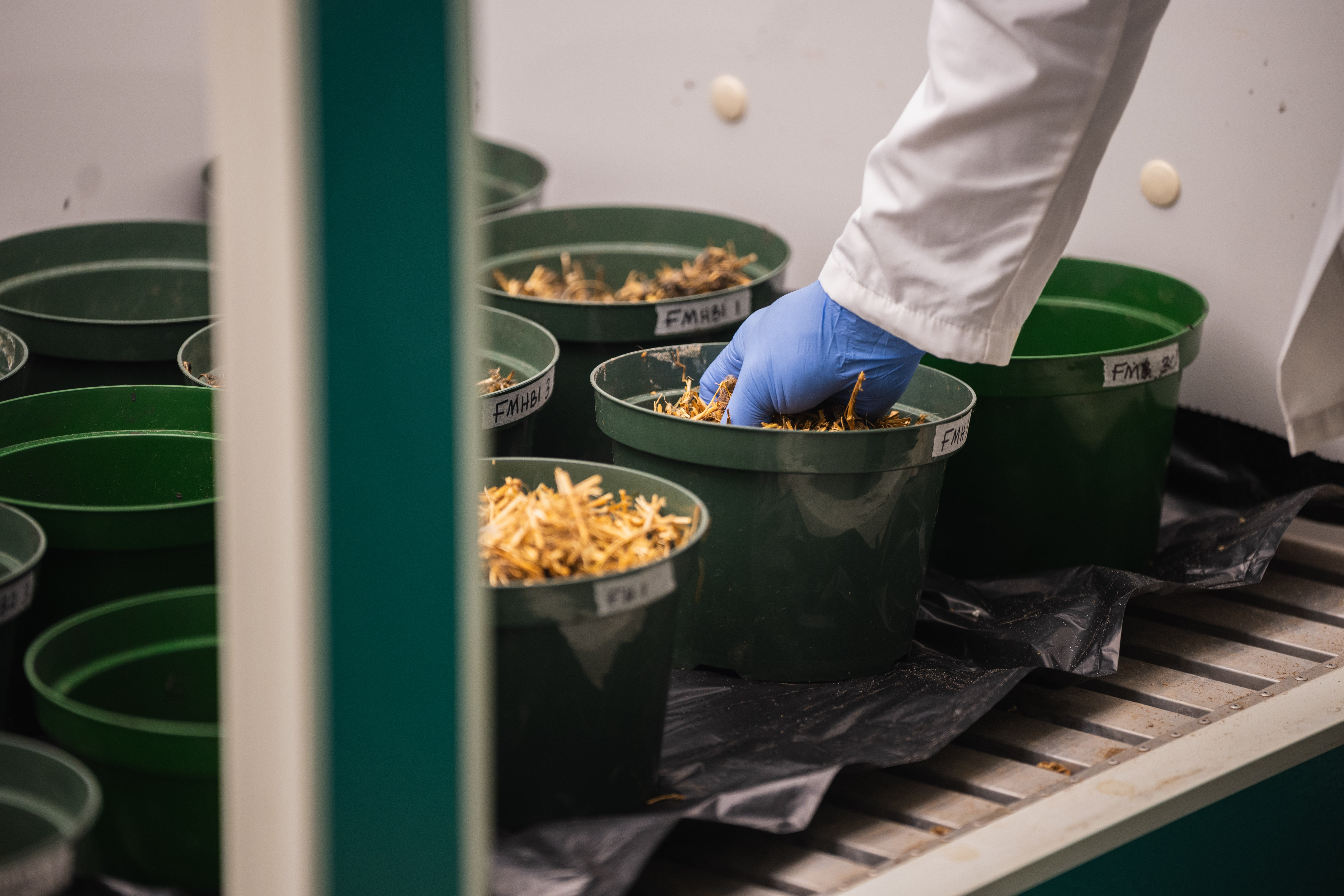
Experimenting with varying quantities of the three materials to come up with the best possible combination that will yield fast acting compost.
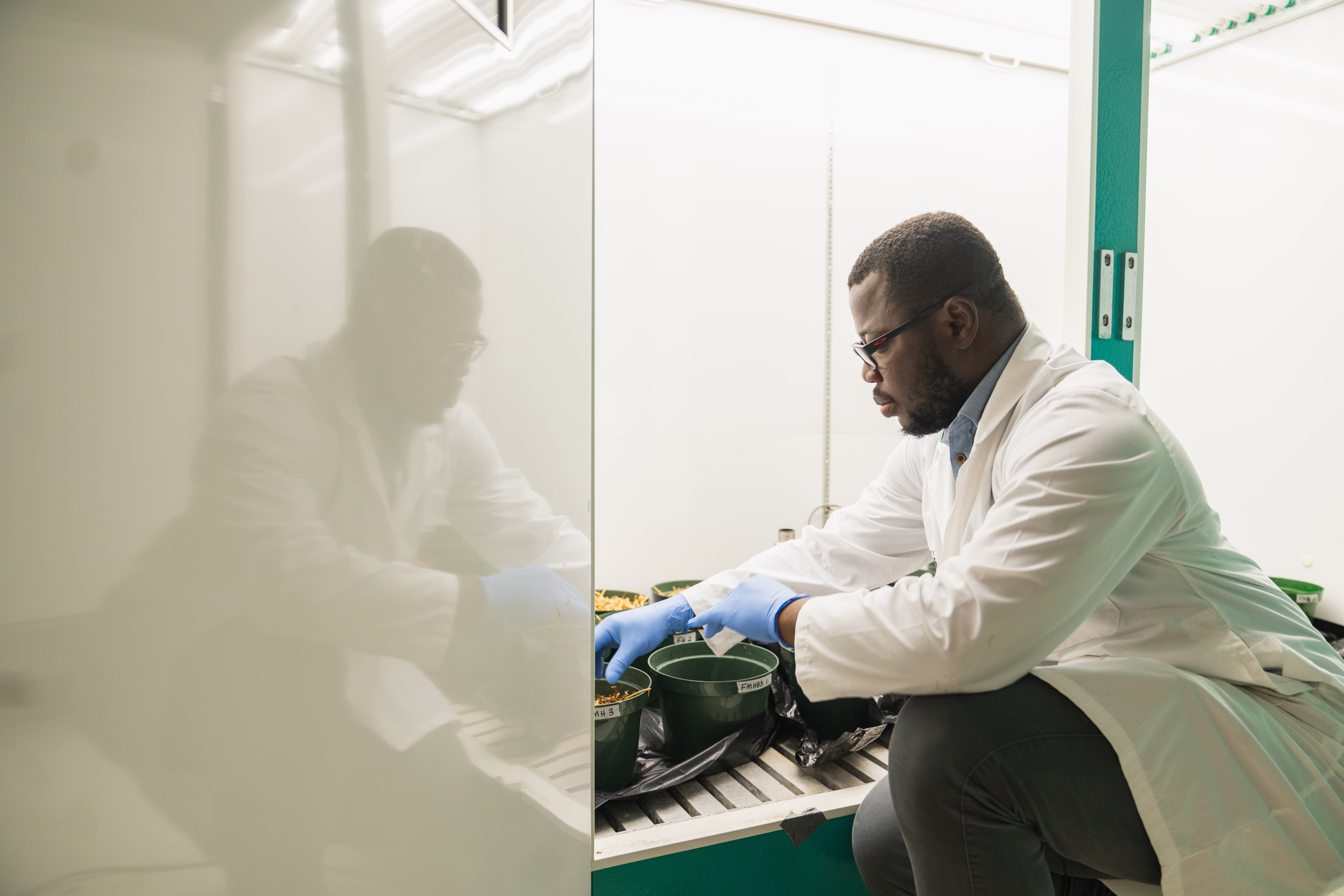
Augustine Kwame Osei is a post-doctoral fellow in the Faculty of Environment conducting the experiments with Dr. Maren Oelbermann.
The research group is now conducting a first-of-its-kind experiment combining alpaca waste fiber and manure with biochar; a carbon-capture product that is a charcoal-like substance. It’s a soil supercharger enhancing the health of soil while also playing a role in long-term carbon storage. In the lab, the team is experimenting with varying quantities of the three materials to come up with the best possible combination that will yield fast acting compost.
“What’s exciting about this project is that we are using a waste problem to tackle a soil problem,” says Augustine Kwame Osei, post-doctoral fellow in the Faculty of Environment. “The icing on the cake is it’s all locally sourced.”
While Stewart supplies the alpaca waste fiber and manure, the researchers are relying on Bella Biochar for the final core ingredient. The industry partner is a premiere biochar market brand, and the only Ontario-made commercial scale manufacturer of certified organic, premium quality biochar.
Forming diverse new partnerships like this one is a hallmark of the Faculty of Environment’s new strategic plan, Environment 2035, which champions collaborative research with industry and community partners. It’s an approach that is propelling boundary-breaking research and is just one of the many reasons Waterloo is a leader in sustainability research and education.
By spring the researchers hope to identify the three most productive combinations to test out on the farm and then analyze the impact they have on the soil in the following fall. The potential success of such a product would extend beyond Maple Ridge Acres and address critical environmental challenges.
“This is a first step to tackling a bigger problem in terms of improving waste management to produce products that can be used by farmers to grow better crops and reduce agriculture’s footprint in terms of climate change,” Osei says.
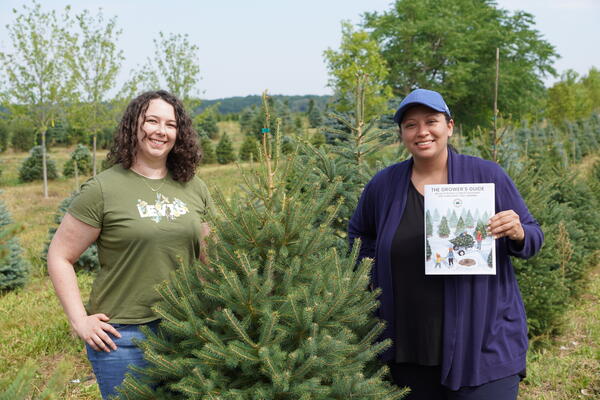
Read more
Waterloo researchers are helping to make a much-loved holiday tradition more sustainable all year round
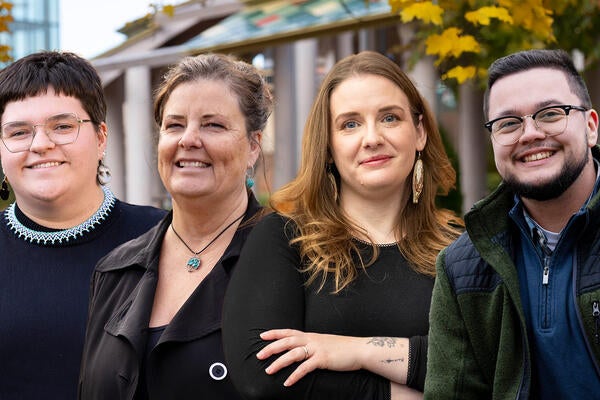
Read more
Researchers awarded funding to investigate ecology, climate change, repatriation, health and well-being through cultural and historical lens
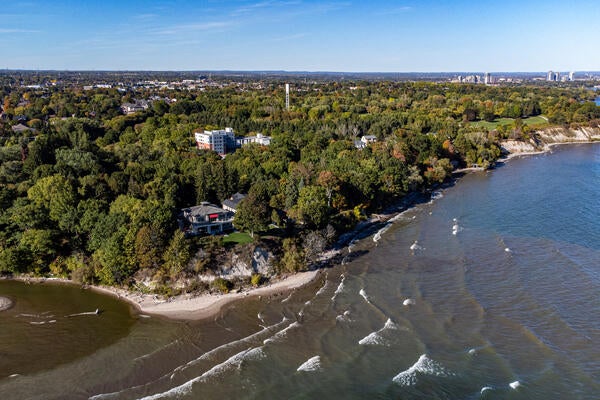
Canada's coasts face increasing flooding and erosion with climate change.
Read more
Canada must act to protect the longest marine and freshwater coastlines in the world from the surge of climate change
The University of Waterloo acknowledges that much of our work takes place on the traditional territory of the Neutral, Anishinaabeg, and Haudenosaunee peoples. Our main campus is situated on the Haldimand Tract, the land granted to the Six Nations that includes six miles on each side of the Grand River. Our active work toward reconciliation takes place across our campuses through research, learning, teaching, and community building, and is co-ordinated within the Office of Indigenous Relations.